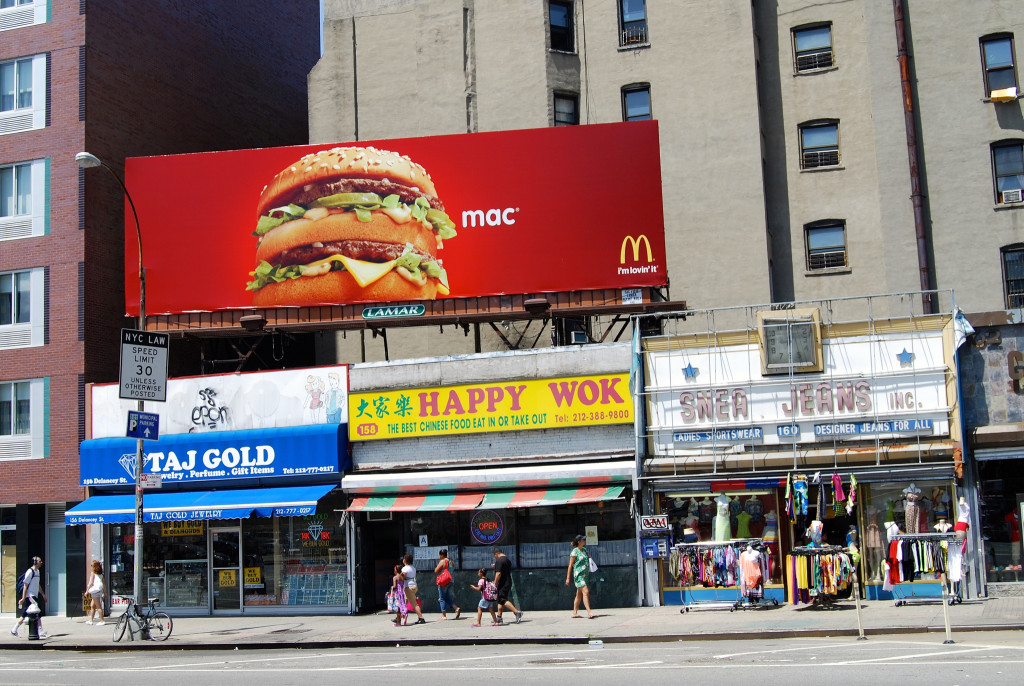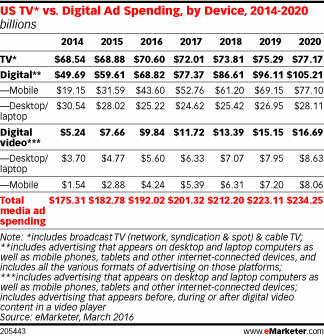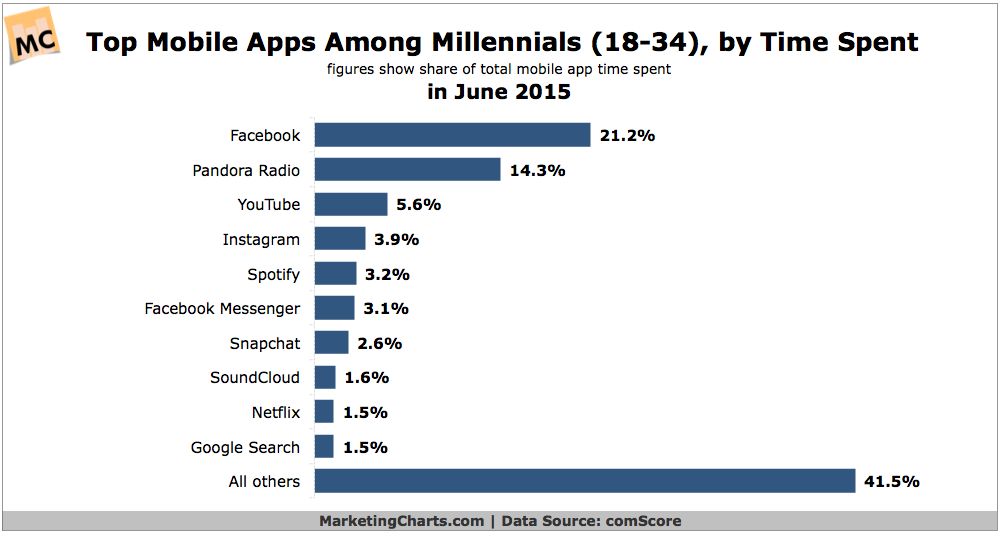Each week, we publish a mishmash of ecommerce related, insight infused articles for you to smash through. Just as we collect business information across all of a merchant’s channels in a single place, we’re doing the same for ecommerce related content from a variety of top-tier content creators. If you find the material filling your appetite for knowledge, feel free to share this post, as well as any article you see here.
Advertising is everywhere, whether we’re paying attention to it or not, and online is no exception. Digital advertising practices are constantly evolving alongside ecommerce, and e-retailers’ budgets have to follow suit. In this week’s mishmash, we’re covering a broad spectrum of ad aspects, including popular mobile platforms, ad-spending predictions, and Google’s own changes and offerings in the industry.
Is Your PPC in the Right?
You won’t be in the right on the SERPs anymore. As you may have heard a while back, Google decided to nix right-side PPC ads a month or so ago, alarming search marketers and merchants alike. Now that the dust as settled, how has the change affected PPC strategies? WordStream analyzed the SERPs, collecting data from thousands of e-retailers to figure out how metrics have adjusted since the update. Overall, it looks as if it’s mostly the same, but a few stats have been impacted, particularly impressions.
Don’t Bother Finding the Remote Control
You know online is the future when it’s expected to demolish TV in the not-so-distant future. Marketing research firm eMarketer expects digital ad spending to beat spending on TV next year (for the first time ever). Plus, they’re predicting that TV will account for only a third of total online ad spending by 2020. As consumers flock online to accomplish a variety of things — whether it’s killing time, researching products, or checking out the socials — more and more of ad budgets are moving that way too.
Advertising Through a Different Type of Tube
But the visual appeal of the TV will never leave. It’s just moving to a different screen: computer ones. A critical part of running an online store is being able to convince visitors to buy your product with no in-person experience, and that makes video indispensable. Combine consumers’ interest in video ad formats and an “shoppable” ad format linking products to viewers, and YouTube becomes a platform for doing exactly that. According to eMarketer, brands are taking notice of the video sharing site and spending increasing amounts of money to advertise their products there.
Millennials and Mobile
The generation most willing to purchase from your online store is, you guessed it, the always-talked-about millennials. And if you’re interested in targeting them, it helps to know where they spend their time: smartphones. One of the best ways to attract the attention of these mobile-motivated consumers is, naturally, through mobile apps. Here’s a list of the top mobile apps for millennials, provided by Marketing Charts and comScore, which should give you an idea of the best platforms for connecting with them.
When Email, Google, and Advertising Connect
What do you get when you combine an email address, search history, and an advertisement? As they constantly work to build an invaluable advertising business, Google has created a service called Customer Match, which combines search with email lists to deliver stronger, highly targeted ads. How does it work? In the words of Bloomberg’s piece describing the feature:
For example, a local Italian restaurant or an automaker could give Google lists of their customers, and when they search for pizza delivery or a new minivan, the businesses can make sure they put their own ads in front of known customers.
Image: Nick Amoscato, Flickr





